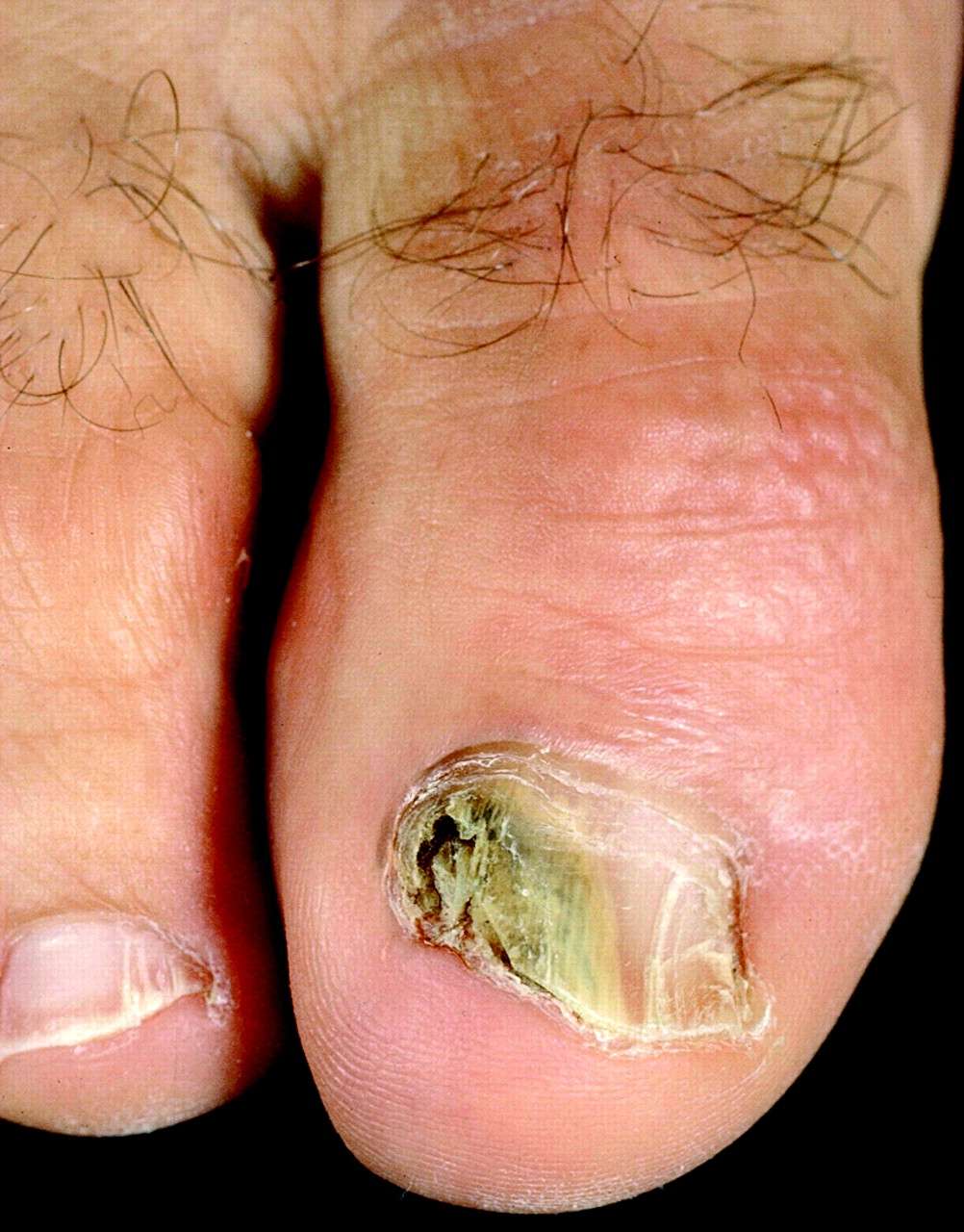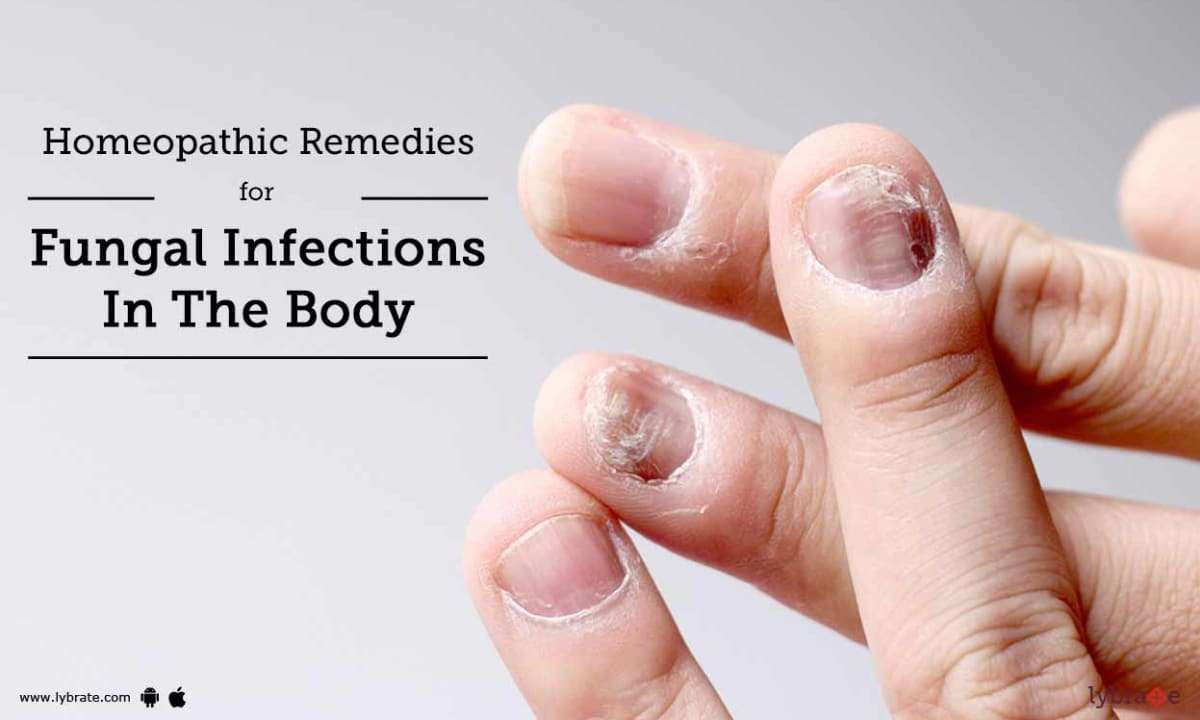Title: Nail Fungus: Signs, Symptoms, Causes, Risk Factors, Diagnosis, Prevention, Diet, Lifestyle, and Homoeopathic Medicine
Introduction:
Nail fungus, also known as onychomycosis, is a common fungal infection that affects the nails, causing them to become discolored, thickened, and brittle. Understanding the signs, symptoms, causes, risk factors, diagnosis methods, prevention strategies, diet and lifestyle considerations, and the potential role of homoeopathic medicine is crucial for effectively managing nail fungus. In this blog post, we will explore the key aspects of nail fungus and its holistic approach to treatment.
Signs and Symptoms of Nail Fungus:
1. Nail discoloration: The affected nail may turn yellow, brown, or white.
2. Thickening of the nail: The nail may become thicker and more difficult to trim.
3. Brittleness: The nail may become brittle and prone to crumbling or splitting.
4. Distorted shape: The nail may become distorted in shape, appearing uneven or ragged.
5. Separation from the nail bed: The nail may lift or separate from the nail bed.
6. Foul odor: In some cases, the affected nail may emit a foul odor.
Common Causes of Nail Fungus:
1. Fungal infection: Nail fungus is often caused by dermatophytes, a type of fungi that thrive in warm and moist environments.
2. Trauma to the nail: Injury to the nail, such as a crack or a break, can create an entry point for fungal infection.
3. Poor foot hygiene: Insufficient foot hygiene, including inadequate drying of the feet, can contribute to the development of nail fungus.
4. Walking barefoot in public places: Walking barefoot in public areas like swimming pools, locker rooms, and communal showers increases the risk of fungal exposure.
5. Tight-fitting shoes: Shoes that don't allow proper ventilation can create a warm and damp environment, facilitating fungal growth.
Risk Factors for Nail Fungus:
1. Aging: The risk of nail fungus increases with age.
2. Weakened immune system: People with weakened immune systems are more susceptible to fungal infections.
3. Diabetes: Individuals with diabetes are more prone to developing nail fungus.
4. Circulation problems: Poor blood circulation can impair the body's ability to fight off fungal infections.
5. Nail trauma or damage: Any injury to the nail increases the risk of fungal infection.
6. Excessive sweating: Perspiration creates a favorable environment for fungal growth.
7. Family history: Genetic predisposition can play a role in nail fungus susceptibility.
Diagnosis of Nail Fungus:
Nail fungus can be diagnosed through various methods, including:
1. Visual examination: A healthcare professional may examine the affected nails and inquire about symptoms and medical history.
2. Microscopic examination: Nail clippings or debris may be examined under a microscope to identify the presence of fungi.
3. Fungal culture: A small sample of the affected nail may be collected and cultured in a laboratory to determine the specific type of fungus.
Prevention Strategies, Diet, and Lifestyle Considerations:
1. Maintain good foot hygiene: Keep your feet clean, dry, and well-groomed. Regularly trim nails and disinfect nail clippers.
2. Wear breathable shoes and socks: Opt for shoes made of breathable materials, and wear moisture-wicking socks to keep your feet dry.
3. Avoid walking barefoot in public places: Use protective footwear or sandals in communal areas.
4. Choose proper nail care products: Disinfect nail tools and avoid sharing them with others.
5. Keep feet dry: After bathing or swimming, thoroughly dry your feet, including the areas between your toes.
6. Wear protective footwear:
If you participate in activities that increase the risk of nail trauma, such as sports, consider wearing protective footwear.
Diet and Lifestyle Considerations:
1. Maintain a healthy immune system: Eat a balanced diet rich in vitamins, minerals, and antioxidants to support immune function.
2. Limit sugar intake: Fungi thrive on sugar, so reducing sugar consumption may help prevent fungal overgrowth.
3. Avoid prolonged exposure to moisture: Moist environments provide a breeding ground for fungi, so ensure proper ventilation and keep your feet dry.
4. Practice stress management: Chronic stress can weaken the immune system, making you more susceptible to infections. Implement stress-reducing techniques like meditation, exercise, or hobbies.
Homoeopathic Medicine for Nail Fungus:
Homoeopathic treatment for nail fungus aims to address the underlying fungal infection and promote healthy nail growth. Some commonly used homoeopathic remedies for nail fungus include:
1. Silicea: Indicated for brittle nails and slow nail growth.
2. Thuja occidentalis: Used for discolored, thickened, and distorted nails.
3. Graphites: Recommended for dry, brittle nails with a tendency to crack and split.
Consultation with a qualified homoeopathic practitioner is important for an accurate diagnosis and individualized treatment plan based on your specific symptoms and overall health.
Conclusion:
Nail fungus is a common fungal infection that affects the nails, causing discoloration, thickening, and brittleness. By understanding the signs, symptoms, causes, risk factors, prevention strategies, diet and lifestyle considerations, and considering homoeopathic medicine as a holistic approach, individuals can effectively manage nail fungus and support healthy nail growth. Remember to consult healthcare professionals for an accurate diagnosis and to create a comprehensive treatment plan tailored to your specific needs.



Leave a Message